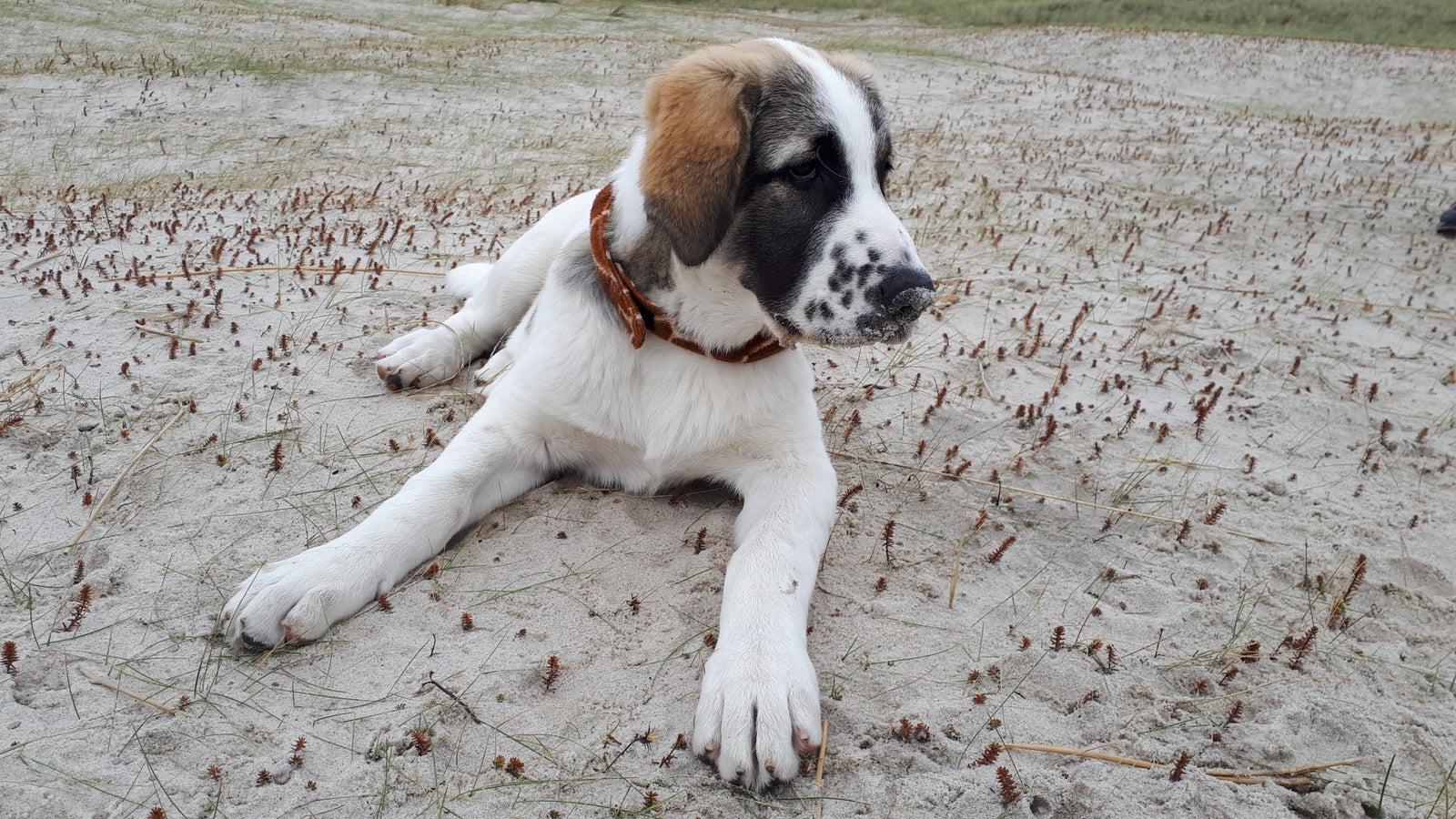Your Cart is Empty
Flat Shipping Fee of just $7.90 within USA

Have you weighed up the pros and cons and decided to have your female dog neutered/spayed? Then it is time to determine the right time for the intervention. It is crucial for the development of the four-legged friend.
First of all let's clarify the terminology:
Neutering is the removal of an animal's reproduction organs, no matter which sex. If you want to be more specific, females get spayed and males get castrated. That is why we are using both terms in this brief post.
Before you have your dog neutered, you should carefully consider when the procedure should take place. The age of the animal and the time of the cycle are decisive. If the dog is still noticeably young and was not yet in heat, the spaying can possibly already be carried out now (early spaying). Otherwise it is important to adjust the right time after the heat.
Important: This guide does not replace veterinary advice.
She-dogs are usually in heat for the first time between the sixth and twelfth month of life. With large dog breeds, the first heat can start later. If you have decided an early neutering, the procedure should be carried out at a time when the hormone level is as low as possible.
Usually this is between the fourth and eighth month, with a sufficient distance from the first heat. This is important because when the hormonal activity is high, the organs are supplied with more blood, which increases the risk of complications during the procedure.
One advantage of early spaying is a reduced risk of breast cancer for her. However, some experts write that the pre-sexual intervention can cause problems in the social behavior of the animals.
A she-dog matures through the first heat, growing up - this important step would be omitted in the case of early spaying in the development of the animal. Get good advice from the vet.
When it comes to the question, "neutering, yes or no?", many dog owners therefore decide to let their dog become at least once in heat and thus wait for sexual maturity. This development phase usually lasts longer for large dog breeds than for small ones.
However, late neutering is associated with a higher risk of incontinence because the intervention changes the position of the bladder. Affected female dogs can usually be treated well with medication.
In any case, you should wait at least two months after the first heat for the procedure until your dog's hormone levels have returned to normal levels. A possible pseudo pregnancy should also be overcome at first.
Ideally, spaying takes place in the phase of sexual rest between the heat, in the so-called anestrus. Anestrus begins about eight to ten weeks after heat and lasts up to five months.
The veterinarian is available to advise you on the exact determination of the right time. He will also weight up the advantages and disadvantages of early or later neutering with you.

When the dog is neutered, the so-called gonads, i.e. the ovaries, are removed. Often, fallopian tubes, uterus and cervix are also removed. Since the gonads are responsible for the production of sex hormones, neutering can lead to changes in the nature of your pet.
The missing hormones can cause various changes in the behavior of the fur nose, from lethargy to increased bitingness towards other female dogs. Is your dog naturally prone to stronger dominance behavior? Then you should rethink neutering particularly well and get thorough advice from your veterinarian beforehand.
The costs for neutering your dog are specified in a fee schedule for veterinarians. But: Depending on the region, there may be large price differences. Your dog's gender and weight also affect the actual cost of neutering.
Since the intervention is much more complicated for a she-dog than for a male, the price for spaying is generally higher here. According to the schedule of fees, between 150 and 500 dollars are due, which is only the pure labor costs of your veterinarian. There are also costs for anesthetics, medication and bandages.
By BOLLI LLC I August 17, 2020 I www.bolli.dog I Follow @bolli.dog